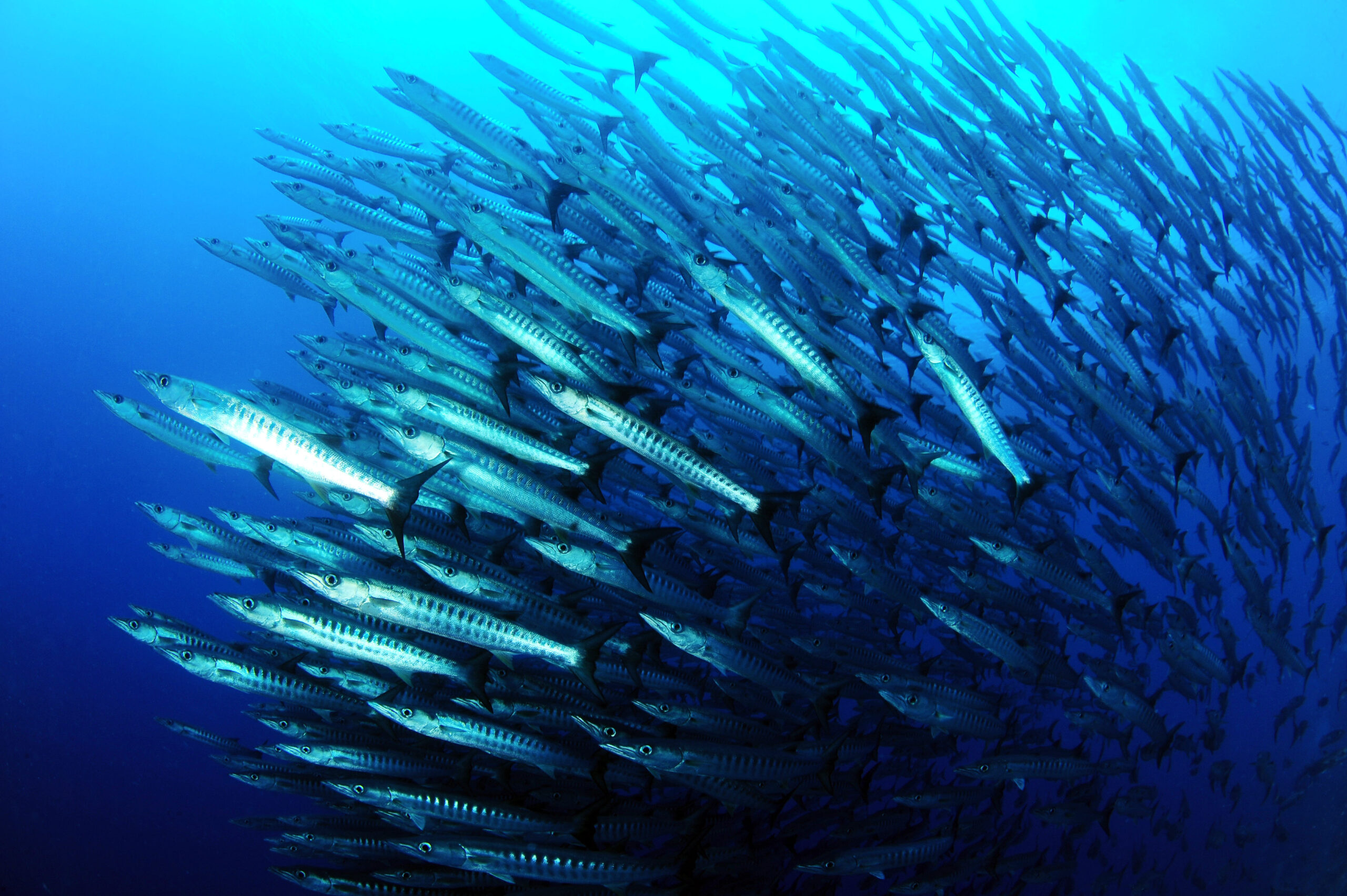On Saturday, March 4, an emotional Rena Lee, who led the conference to negotiate an international treaty protecting biodiversity in international waters, announced that an agreement had been reached. Two decades of debate had finally yielded the High Seas Treaty, a comprehensive, “world changing” plan to address the impact of climate change and pollution on two-thirds of the world’s oceans.
The historic treaty advances U.S. targets set in 2021 and accelerates UN-led conservation goals known as 30×30. Moving forward, the treaty needs to be formally adopted by Member States, then ratified by at least 60 countries, before it will enter force.
Why the World’s Oceans Matter
This is especially meaningful because international waters are currently (mostly) unregulated, save for a hodgepodge of agreements that vary in scope and effectiveness. In fact, only 1% of oceans currently boast protected status. The High Seas treaty establishes a legal framework for inclusion of more such areas.
From overfishing to pollution, the impact of climate change is putting oceans — and the billions of people who rely on them for food, income, and culture — in peril. Commercial fishing, for example, affects more than half the world’s oceans and threatens extinction of a third of all sharks, while research finds nearly all marine life have experienced the devastating impact of plastic pollution.
Three Big Wins for the Waters
In terms of the material benefits of the High Seas Treaty, three major aspects of the agreement are poised to have significant benefits.
First, the treaty creates large-scale marine protected areas, which have been described as the “ocean’s equivalent of a Grand Canyon or Yellowstone National Park,” encompassing about a third of the world’s oceans from human activities like commercial fishing and oil gas drilling.
Second, the treaty regulates countries and companies who harvest resources from the ocean for the purposes of commercializing marine genetic resources, which can be useful for the creation of pharmaceuticals or cosmetics. Instead, terms of the agreement ensure that resources are more equitably accessible, especially for those in developing countries.
And lastly, the treaty accounts for the cumulative impact of a range of human activities on oceans, setting standards for environmental impact assessments on commercial activities.
Together, these efforts set global standards and set the tone for bilateral and multilateral agreements between and among nations, which need not be adversarial.
Cooperation Over Competition
This multilateral agreement builds on an important but unspoken practice going back decades, of countries setting aside their own fixed boundaries to maintain peace and sustainability in locations where human habitation is impossible, including polar regions, the seabed, and outer space. Thus, the agreement reached at the UN could turn countries “into custodians of marine life, rather than competitors in exploiting it.”
“Despite everything, peace prevails in non-national domains,” wrote Northeastern University scholar Denise Garcia. “Cooperation is the main characteristic.”
And although the U.S. has yet to ratify the 40-year old UN Convention on the Law of the Sea, the High Seas Treaty could be just the prod needed for the U.S. to reengage with global neighbors to protect the world’s waters.





